The Endless Summer
8.4 /10 1 Votes8.4
100% Rotten Tomatoes Director Bruce Brown Duration Country United States | 7.8/10 IMDb 7.6/10 Letterboxd Genre Documentary, Sport Initial DVD release May 23, 2000 Writer Bruce Brown Language English | |||||||||||||||||||||||||||||||||
 | ||||||||||||||||||||||||||||||||||
Release date 15 June 1966 Cast Michael Hynson (Himself), (Himself), Lord 'Tally Ho' Blears (Himself), Bruce Brown (Narrator), Chip Fitzwater (Himself), Chuck Gardner (Himself)Similar movies Year Zero , Riding Giants , The September Sessions , Dear & Yonder , The Pursuit , Separate Volume | ||||||||||||||||||||||||||||||||||
The endless summer trailer
The Endless Summer is a seminal 1966 surf movie (the initial release was in 1964, world-wide release was 1966).
Contents
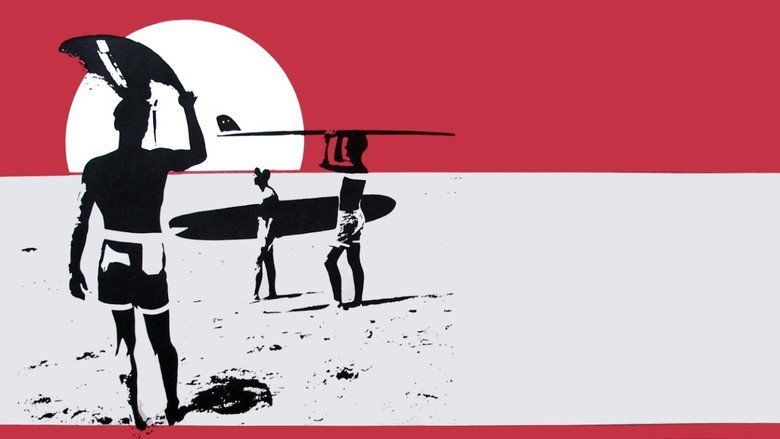
Filmmaker/narrator Bruce Brown follows two surfers, Mike Hynson and Robert August, on a surfing trip around the world. Despite the balmy climate of their native California, cold ocean currents make local beaches inhospitable during the winter. They travel to the coasts of Australia, New Zealand, Tahiti, Hawaii, Senegal, Ghana, Nigeria and South Africa in a quest for new surf spots and introduce locals to the sport. Other important surfers of the time, such as Miki Dora, Phil Edwards and Butch Van Artsdalen also appear.
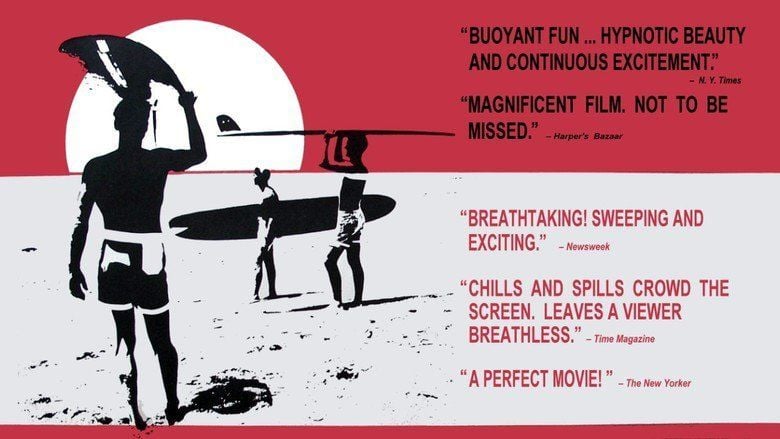
Its title comes from the idea, expressed at both the beginning and end of the film, that if one had enough time and money it would be possible to follow the summer up and down the world (northern to southern hemisphere and back), making it endless. The concept of the film was born through the suggestion of a travel agent to Bruce Brown during the planning stages of the film. The travel agent suggested that the flight from Los Angeles to Cape Town, South Africa and back would cost $50 more than a trip circumnavigating the world. After which, Bruce came up with the idea of following the summer season by traveling up and down the world.
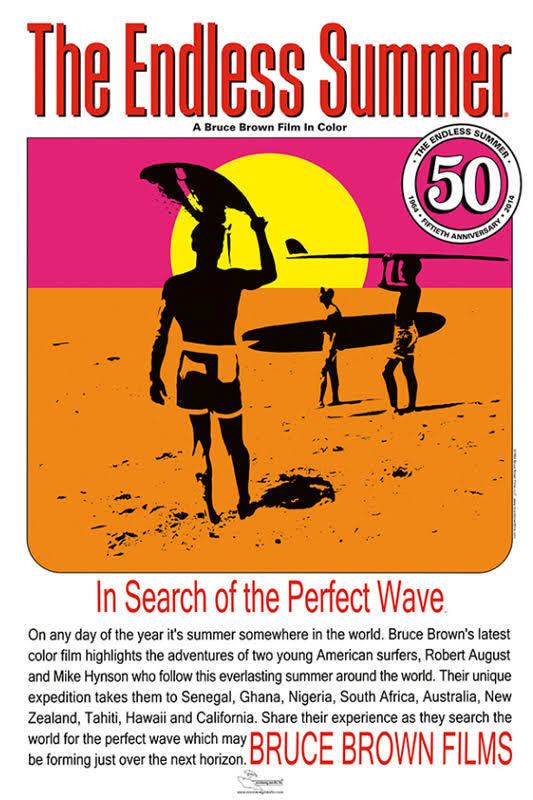
The narrative presentation eases from the stiff and formal documentary of the 1950s and early 1960s to a more casual and fun-loving personal style filled with sly humor. The surf rock soundtrack to the film was provided by The Sandals. The "Theme to the Endless Summer" was written by Gaston Georis and John Blakeley of the Sandals. It has become one of the best known film themes in the surf movie genre.
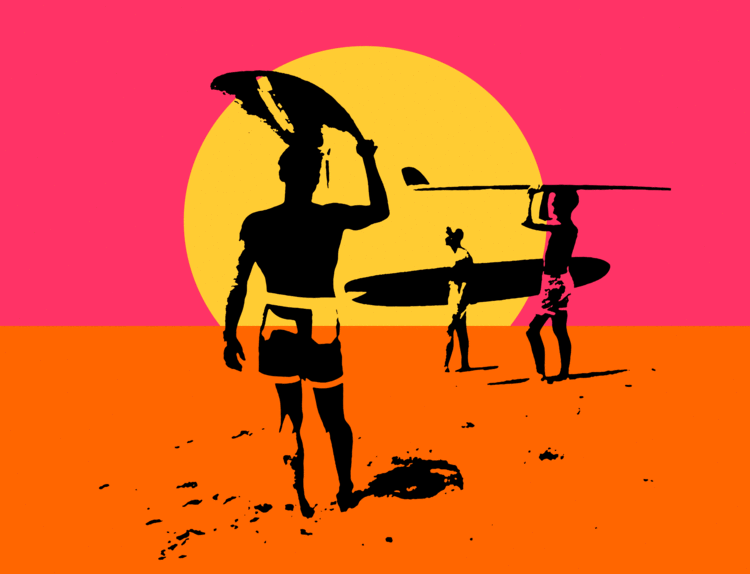
When the movie was first shown, it encouraged many surfers to go abroad, giving birth to the "surf-and-travel" culture, with prizes for finding "uncrowded surf", meeting new people and riding the perfect wave. It also introduced the sport, which had become popular outside of Hawaii and the Polynesian Islands in places like California and Australia, to a broader audience. In addition, it set the style for later surf-and-travel movies, including Momentum, (These Are) Better Days, and Thicker Than Water.

Development
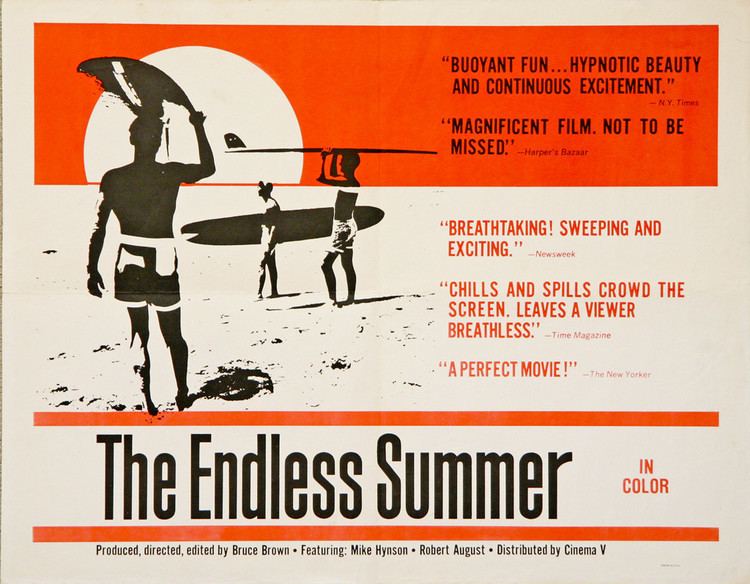
Bruce Brown started surfing in the early 1950s. He took still photographs to show his mother what the draw of the sport was. While serving in the United States Navy on Oahu years later, he used an 8 mm movie camera to photograph surfers from California. Once Brown got back to the states, he edited his footage into an hour-long film. Surfer Dale Velzy showed it at his San Clemente shop, charging 25 cents for admission. Velzy bought Brown a 16 mm camera and together they raised $5,000 to make Slippery When Wet, Brown's first "real" surf film.
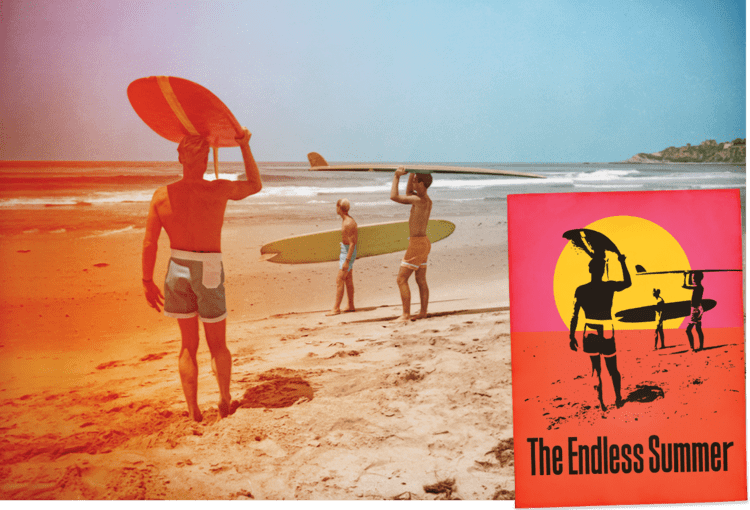
In the winter of 1958, Brown went back to Hawaii to film the North Shore's big surf. On the plane ride over, the novice filmmaker read a book about how to make movies. Brown said, "I never had formal training in filmmaking and that probably worked to my advantage". By 1962, he had spent five years making one surf film per year. He would shoot during the fall and winter months, edit during the spring and show the finished product during the summer. Brown remembered, "I felt if I could take two years to make a film, maybe I could make something special". To do this, he would need a bigger budget than he had on previous films. To raise the $50,000 budget for The Endless Summer, Brown took the best footage from his four previous films and made Waterlogged.
Brown took his completed film to several Hollywood studio distributors but was rejected because they did not think it would have mainstream appeal. In January, he took The Endless Summer to Wichita, Kansas for two weeks where moviegoers lined up in snowy weather in the middle of winter and it went on to selling out multiple screenings. Distributors were still not convinced and Brown rented a theater in New York City where his film ran successfully for a year. After the success of the run at New York's Kips Bay Theater, Don Rugoff of Cinema 5 distribution said he did not want the film or poster changed and wanted them distributed as is, thus Brown selected him over other distributors who wished to alter the poster.
Reaction

When The Endless Summer debuted, it grossed $5 million domestically and over $20 million worldwide.
Roger Ebert said of Brown's work, "the beautiful photography he brought home almost makes you wonder if Hollywood hasn't been trying too hard". Time magazine wrote, "Brown leaves analysis of the surf-cult mystique to seagoing sociologists, but demonstrates quite spiritedly that some of the brave souls mistaken for beachniks are, in fact, converts to a difficult, dangerous and dazzling sport".
In his review for The New York Times, Robert Alden wrote, "the subject matter itself—the challenge and the joy of a sport that is part swimming, part skiing, part sky-diving and part Russian roulette—is buoyant fun".
Legacy
The then-unknown break off Cape St. Francis in South Africa became one of the world's most famous surfing sites thanks to The Endless Summer.
In 2002, The Endless Summer was selected for preservation in the United States National Film Registry by the Library of Congress as being "culturally, historically, or aesthetically significant".
Sequels
In 1994, Brown released a sequel, The Endless Summer II, in which surfers Pat O'Connell and Robert "Wingnut" Weaver retrace the steps of Hynson and August. It shows the growth and evolution of the surfing scene since the first film, which presented only classic longboard surfing. O'Connell rides a shortboard, which was developed in the time between the two movies, and there are scenes of windsurfing and bodyboarding. The film illustrates how far surfing had spread, with footage of surf sessions in France, South Africa, Costa Rica, Bali, Java, and even Alaska. The sequel follows a similar structure to the original, with another round the world surfing adventure reflecting on cultural differences since the first film was shot.
In 2000, Dana Brown, Bruce's son, released The Endless Summer Revisited, which consisted of unused footage from the first two films, as well as original cast interviews.
References
The Endless Summer WikipediaThe Endless Summer IMDbThe Endless Summer Rotten TomatoesThe Endless Summer LetterboxdThe Endless Summer themoviedb.org
